Home>Technology>Security & Surveillance>How To Replace Garage Door Lock
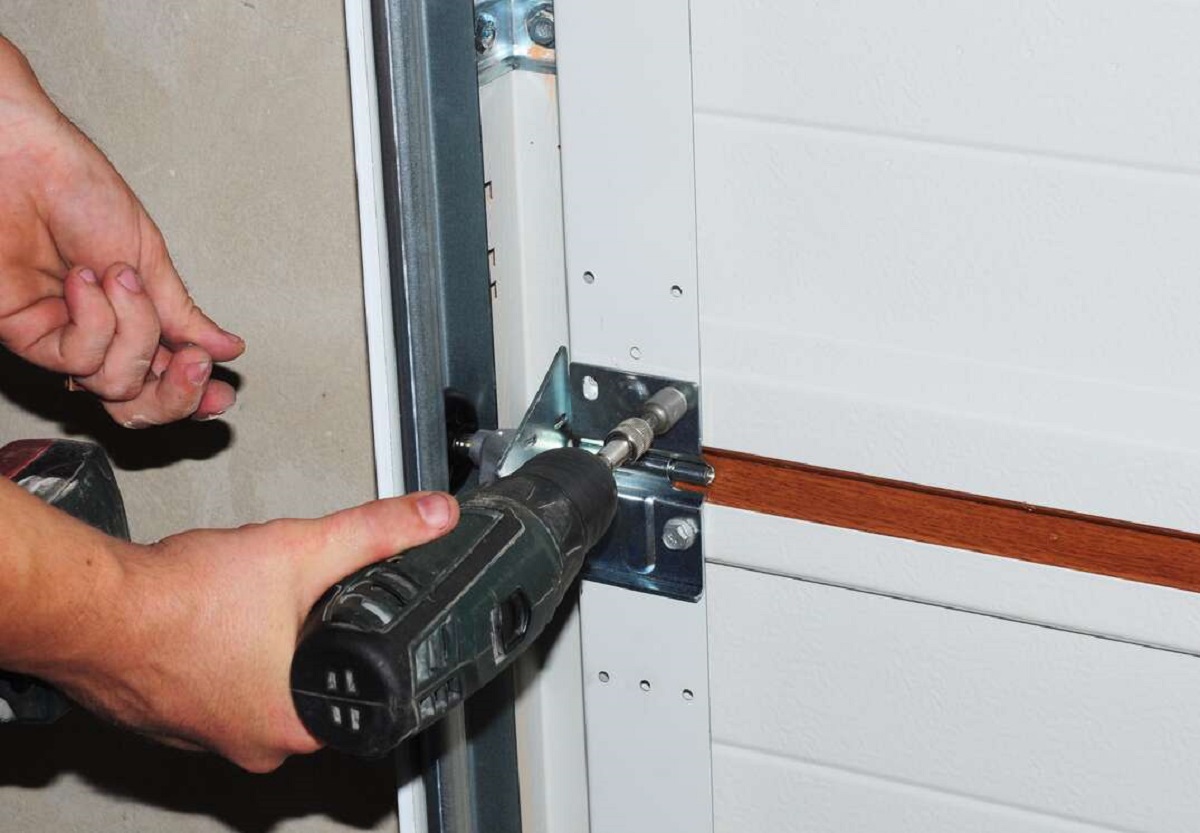

Security & Surveillance
How To Replace Garage Door Lock
Modified: February 23, 2024
Learn how to enhance your home security with our guide on replacing your garage door lock. Protect your property with our expert tips. Ideal for those interested in security and surveillance.
(Many of the links in this article redirect to a specific reviewed product. Your purchase of these products through affiliate links helps to generate commission for Storables.com, at no extra cost. Learn more)
Introduction
Securing your garage is essential for safeguarding your valuables and ensuring the safety of your home. A crucial component of garage security is the garage door lock, which acts as a primary line of defense against unauthorized entry. Over time, garage door locks may become worn or damaged, necessitating replacement to maintain optimal security.
In this comprehensive guide, we will walk you through the process of replacing your garage door lock, providing step-by-step instructions and valuable insights to help you successfully complete the task. By following these instructions and leveraging the right tools and materials, you can enhance the security of your garage and enjoy peace of mind knowing that your possessions are well-protected.
Whether you're a seasoned DIY enthusiast or a novice homeowner looking to take on a new project, this guide is designed to empower you with the knowledge and confidence needed to tackle the replacement of your garage door lock. From assessing the current lock to installing the new one and conducting thorough testing, we've got you covered every step of the way.
So, roll up your sleeves, gather your tools, and let's embark on this rewarding journey of enhancing your garage security by learning how to replace a garage door lock. With our guidance, you'll soon be well-equipped to tackle this task with precision and efficiency. Let's get started!
Key Takeaways:
- Upgrade your garage security by replacing the door lock with precision and confidence. Follow step-by-step instructions and gather essential tools for a seamless and rewarding DIY project.
- Thoroughly assess, remove, install, and test the new lock to fortify your garage security. Your proactive approach reflects a commitment to safeguarding your valuables and ensuring the safety of your household.
Read more: How To Lock A Garage Door
Assessing the Lock
Before diving into the process of replacing your garage door lock, it’s crucial to assess the current lock to determine the type of replacement needed. Start by carefully examining the existing lock to identify any signs of wear, damage, or malfunction. Look for rust, corrosion, or any visible deterioration that may compromise the lock’s effectiveness.
Additionally, take note of the specific type of garage door lock you currently have. Is it a T-handle lock, a cylinder lock, or a different variation? Understanding the type of lock you’re working with will guide you in selecting the appropriate replacement and ensure a seamless transition.
Next, assess the condition of the surrounding components, such as the locking mechanism, handle, and any connecting hardware. Check for loose screws, misalignments, or any irregularities that may impact the overall functionality of the lock.
As you evaluate the lock, consider the level of security it provides. Does it offer sufficient protection against forced entry, or does it exhibit vulnerabilities that compromise its reliability? This assessment will help you make an informed decision about the type of replacement lock that best suits your security needs.
Furthermore, take note of any key issues you’ve encountered with the current lock, such as difficulty turning the key, jamming, or inconsistent locking/unlocking behavior. Understanding these challenges will inform your approach to selecting a new lock that addresses these concerns and delivers improved performance.
By thoroughly assessing the current state of your garage door lock, you’ll gain valuable insights into the specific requirements for replacement. This proactive approach sets the stage for a successful transition to a new, reliable lock that enhances the security of your garage and provides peace of mind for you and your family.
Gathering Tools and Materials
Before embarking on the task of replacing your garage door lock, it’s essential to gather the necessary tools and materials to ensure a smooth and efficient process. By having everything at your fingertips, you can minimize interruptions and complete the replacement with confidence.
Here’s a comprehensive list of tools and materials you’ll need:
- Screwdriver Set: Ensure you have a variety of screwdrivers, including flathead and Phillips head, to accommodate different types of screws commonly used in garage door locks.
- Replacement Lock: Select a high-quality replacement lock that aligns with the type and specifications of your existing garage door lock. This may include a T-handle lock, cylinder lock, or a specialized lock designed for your specific garage door model.
- Measuring Tape: A measuring tape comes in handy for ensuring precise dimensions and alignment during the installation of the new lock.
- Adjustable Wrench: An adjustable wrench is essential for securely fastening nuts and bolts, providing the necessary torque for a snug fit.
- Lubricant: A silicone-based lubricant can be used to maintain smooth operation of the new lock and prevent friction-related issues.
- Safety Glasses: Prioritize safety by wearing protective eyewear to shield your eyes from any debris or small particles that may be dislodged during the replacement process.
- Gloves: Durable work gloves offer protection and enhance your grip when handling tools and components, ensuring a secure and comfortable working experience.
- Replacement Fasteners: Depending on the condition of the existing fasteners and hardware, it’s advisable to have a set of replacement screws, nuts, and bolts on hand to accommodate any unforeseen requirements.
By gathering these essential tools and materials, you’ll be well-prepared to tackle the garage door lock replacement with confidence and precision. This proactive approach sets the stage for a seamless transition to a new, reliable lock that enhances the security of your garage and provides peace of mind for you and your family.
Removing the Old Lock
Now that you’ve assessed the existing lock and gathered the necessary tools and materials, it’s time to proceed with the removal of the old garage door lock. This process requires careful attention to detail and a methodical approach to ensure a smooth transition to the new lock.
Follow these step-by-step instructions to effectively remove the old lock:
- Prepare the Work Area: Start by clearing the surrounding area and creating a clean, well-lit workspace. Ensure that you have ample room to maneuver and access the lock without any obstructions.
- Disconnect the Lock Mechanism: Depending on the type of lock, use the appropriate tools to disconnect the lock mechanism from the garage door. This may involve unscrewing mounting brackets, releasing retaining clips, or detaching connecting rods.
- Remove Mounting Hardware: Carefully unscrew and remove the mounting hardware that secures the lock in place. Keep track of the screws, nuts, and bolts to ensure they are readily available for the installation of the new lock.
- Extract the Old Lock: With the mounting hardware removed, gently extract the old lock from the door, taking care to note its orientation and any specific alignment requirements.
- Inspect the Surrounding Area: Once the old lock is removed, take a moment to inspect the surrounding area for any accumulated debris, corrosion, or signs of wear. Clean and prepare the surface for the installation of the new lock.
- Dispose of the Old Lock: Properly dispose of the old lock and any associated components in accordance with local waste disposal regulations. If the lock contains any recyclable materials, consider recycling as an eco-friendly option.
By meticulously following these steps, you can safely and effectively remove the old garage door lock, paving the way for the installation of the new lock. As you progress through this process, take note of any specific details or challenges encountered, as these insights will inform the subsequent installation steps and contribute to a successful outcome.
When replacing a garage door lock, make sure to measure the existing lock and find a replacement that matches the dimensions. Also, consider upgrading to a more secure lock for added protection.
Installing the New Lock
With the old garage door lock successfully removed, it’s time to embark on the installation of the new lock. This pivotal step in the replacement process requires precision, attention to detail, and a methodical approach to ensure the new lock is securely and seamlessly integrated into your garage door.
Follow these comprehensive instructions to effectively install the new garage door lock:
- Align the New Lock: Position the new lock at the designated location on the garage door, ensuring proper alignment with any pre-existing mounting holes or markings.
- Secure Mounting Hardware: Using the appropriate screws, nuts, and bolts, securely fasten the new lock in place, taking care to maintain even pressure and alignment throughout the installation process.
- Connect the Lock Mechanism: Depending on the type of lock, reattach the lock mechanism to the garage door, ensuring that all components are securely linked and function smoothly.
- Adjust for Smooth Operation: Test the new lock to ensure smooth locking and unlocking functionality. Make any necessary adjustments to the alignment or tension to optimize the operation of the lock.
- Apply Lubrication: Using a silicone-based lubricant, apply a thin layer to the moving parts and keyway of the new lock to facilitate smooth operation and prevent friction-related issues.
- Test the Key: Insert the key into the new lock and test its functionality, ensuring that it turns smoothly and consistently engages the locking mechanism.
As you progress through the installation process, pay close attention to the specific requirements of the new lock and any manufacturer-provided instructions. By following these detailed steps and maintaining a meticulous approach, you can successfully install the new garage door lock, fortifying the security of your garage and enhancing the overall functionality of the entryway.
Upon completing the installation, take a moment to admire your handiwork and revel in the enhanced security and peace of mind that the new lock provides. Your diligence and attention to detail have culminated in a valuable upgrade to your home’s security infrastructure.
Read more: When To Replace Garage Door
Testing the New Lock
With the new garage door lock securely installed, it’s essential to conduct thorough testing to ensure its functionality and reliability. Testing the new lock is a critical step in the replacement process, providing the opportunity to identify and address any potential issues before fully relying on it for securing your garage.
Follow these essential steps to effectively test the new garage door lock:
- Operational Testing: Begin by testing the locking and unlocking mechanism of the new lock multiple times to confirm its smooth operation. Pay close attention to any resistance, unusual sounds, or inconsistencies during this initial testing phase.
- Key Alignment: Verify that the key aligns properly with the keyway and smoothly engages the lock without requiring excessive force. If any difficulty is encountered, reevaluate the alignment and make any necessary adjustments.
- Exterior and Interior Testing: Test the lock from both the exterior and interior of the garage to ensure consistent functionality and ease of use from both vantage points. Confirm that the lock operates seamlessly regardless of the approach angle.
- Security Assessment: Evaluate the security provided by the new lock by attempting to manipulate or force the locking mechanism. Confirm that the lock effectively resists tampering and provides a robust deterrent against unauthorized entry.
- Weather Resistance: If the new lock features weather-resistant properties, such as protection against moisture or extreme temperatures, consider subjecting it to simulated environmental conditions to assess its durability and reliability.
- Long-Term Reliability: Consider conducting periodic testing of the lock over an extended period to gauge its long-term reliability and performance. This ongoing assessment ensures that the lock continues to meet your security needs over time.
By meticulously testing the new garage door lock using these comprehensive steps, you can establish confidence in its reliability and functionality, providing peace of mind and reassurance that your garage is effectively secured. Any observations or adjustments made during the testing phase contribute to the overall optimization of the lock’s performance and long-term effectiveness.
Upon completing the testing process, take a moment to appreciate the enhanced security and peace of mind that the new lock provides. Your diligence in thorough testing ensures that your garage is well-protected, and your home security is bolstered by this valuable upgrade.
Conclusion
Congratulations on successfully completing the process of replacing your garage door lock! By following the comprehensive steps outlined in this guide, you’ve taken a proactive approach to enhancing the security of your garage and fortifying your home against unauthorized entry. Your dedication to this task reflects a commitment to safeguarding your valuables and ensuring the safety of your household.
Throughout this journey, you’ve assessed the condition of the old lock, gathered the necessary tools and materials, meticulously removed the old lock, seamlessly installed the new lock, and rigorously tested its functionality. Each step represents a pivotal contribution to the overall success of this endeavor, and your meticulous approach has undoubtedly yielded a reliable and robust security solution for your garage.
As you reflect on this accomplishment, take pride in your ability to tackle a hands-on project that directly contributes to the protection and well-being of your home and loved ones. Your proactive mindset and willingness to engage in DIY home security improvements exemplify a commendable commitment to maintaining a safe and secure living environment.
As you revel in the enhanced security provided by the new garage door lock, consider sharing your knowledge and experience with others who may benefit from similar home security upgrades. Your insights and firsthand experience can empower fellow homeowners to take proactive steps in bolstering their own security measures, fostering a community dedicated to safety and peace of mind.
Remember to periodically assess and maintain the functionality of your garage door lock, ensuring that it continues to provide reliable security over time. By staying vigilant and attentive to the needs of your home security infrastructure, you uphold a steadfast commitment to safeguarding your property and preserving a sense of security within your living space.
Thank you for embarking on this transformative journey of enhancing your garage security through the replacement of the door lock. Your dedication to this endeavor serves as a testament to your proactive approach to home maintenance and security, setting a commendable example for others to follow.
With the new garage door lock in place, you can embrace the peace of mind that comes with knowing your garage is well-protected, and your home security is fortified by this valuable upgrade. Your commitment to safeguarding your property reflects a deep sense of responsibility and care for your living environment, contributing to a safe and secure haven for you and your family.
Frequently Asked Questions about How To Replace Garage Door Lock
Was this page helpful?
At Storables.com, we guarantee accurate and reliable information. Our content, validated by Expert Board Contributors, is crafted following stringent Editorial Policies. We're committed to providing you with well-researched, expert-backed insights for all your informational needs.
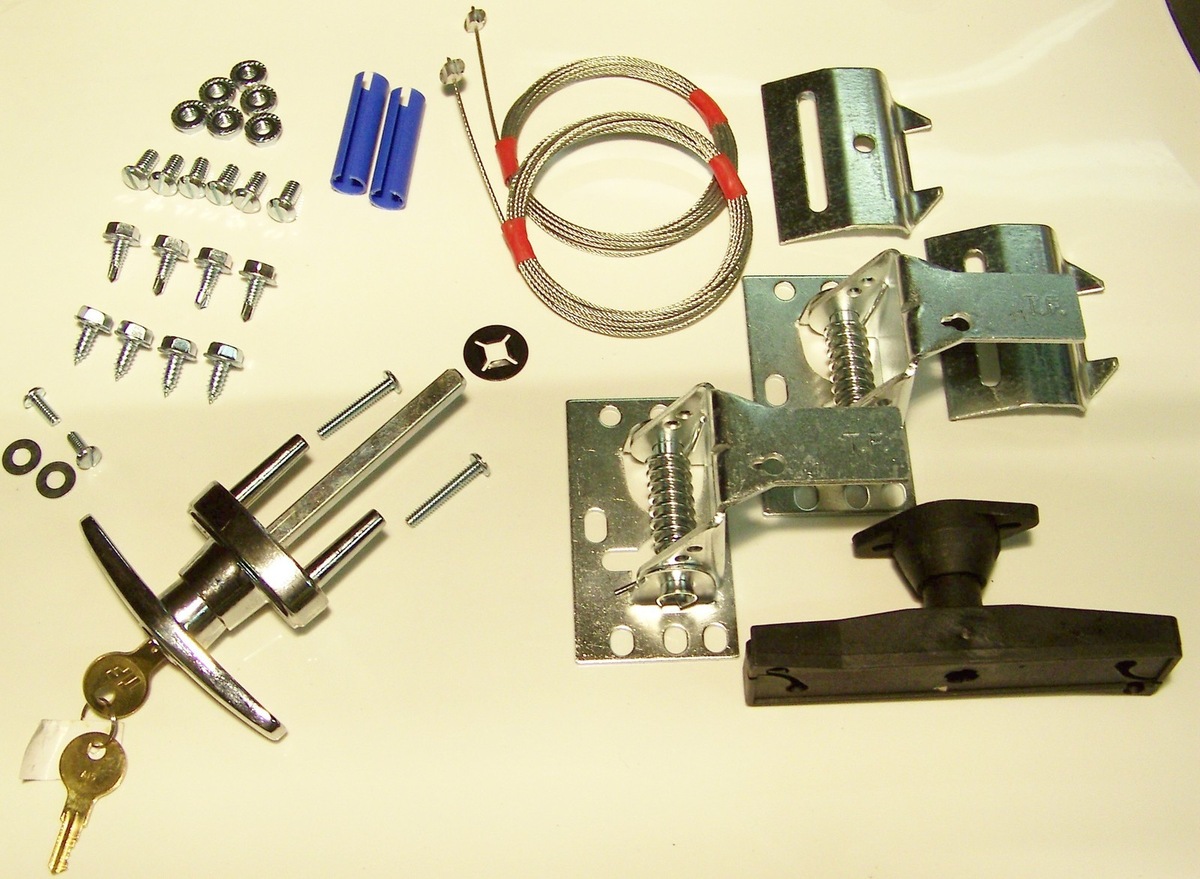
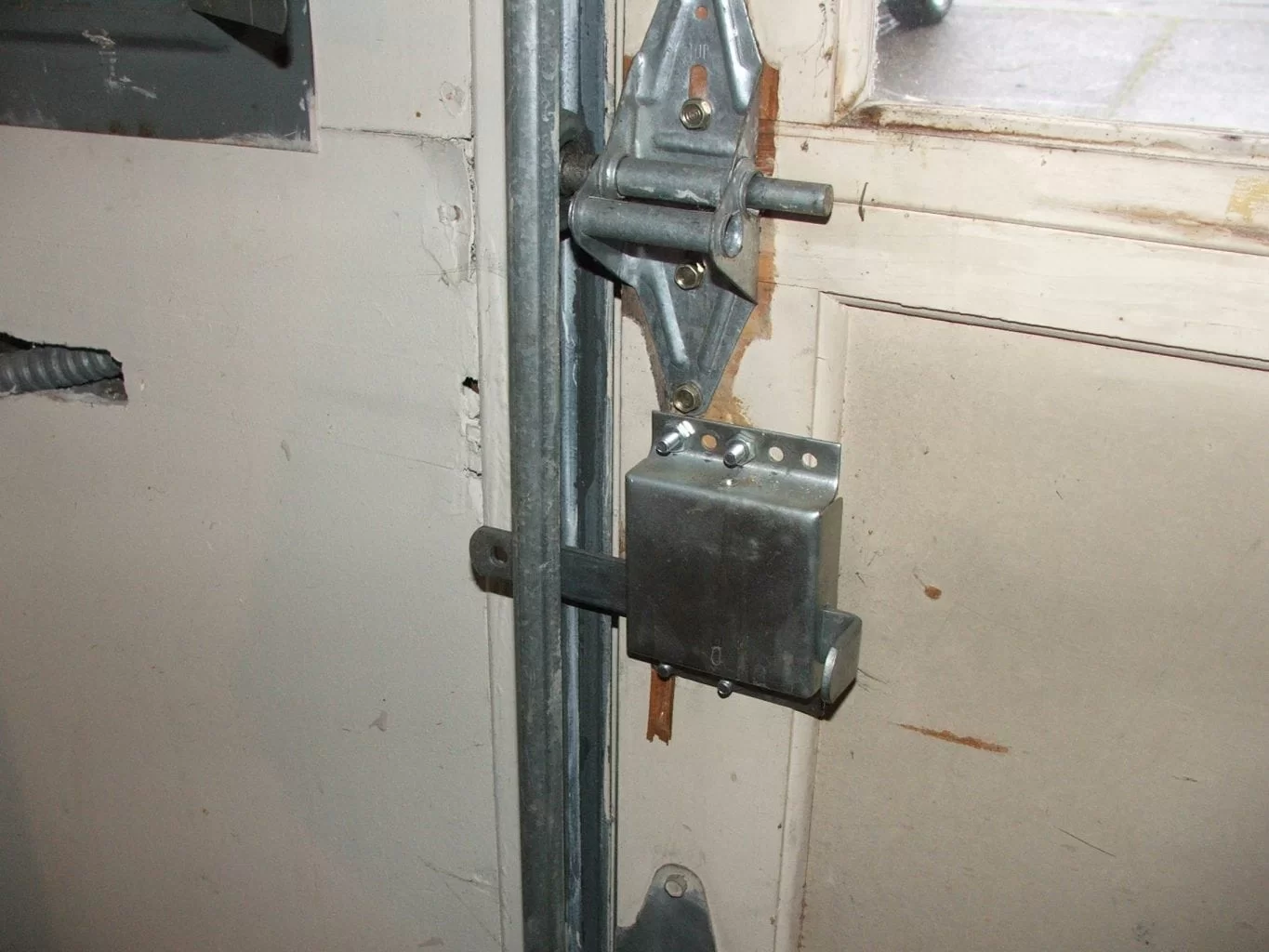
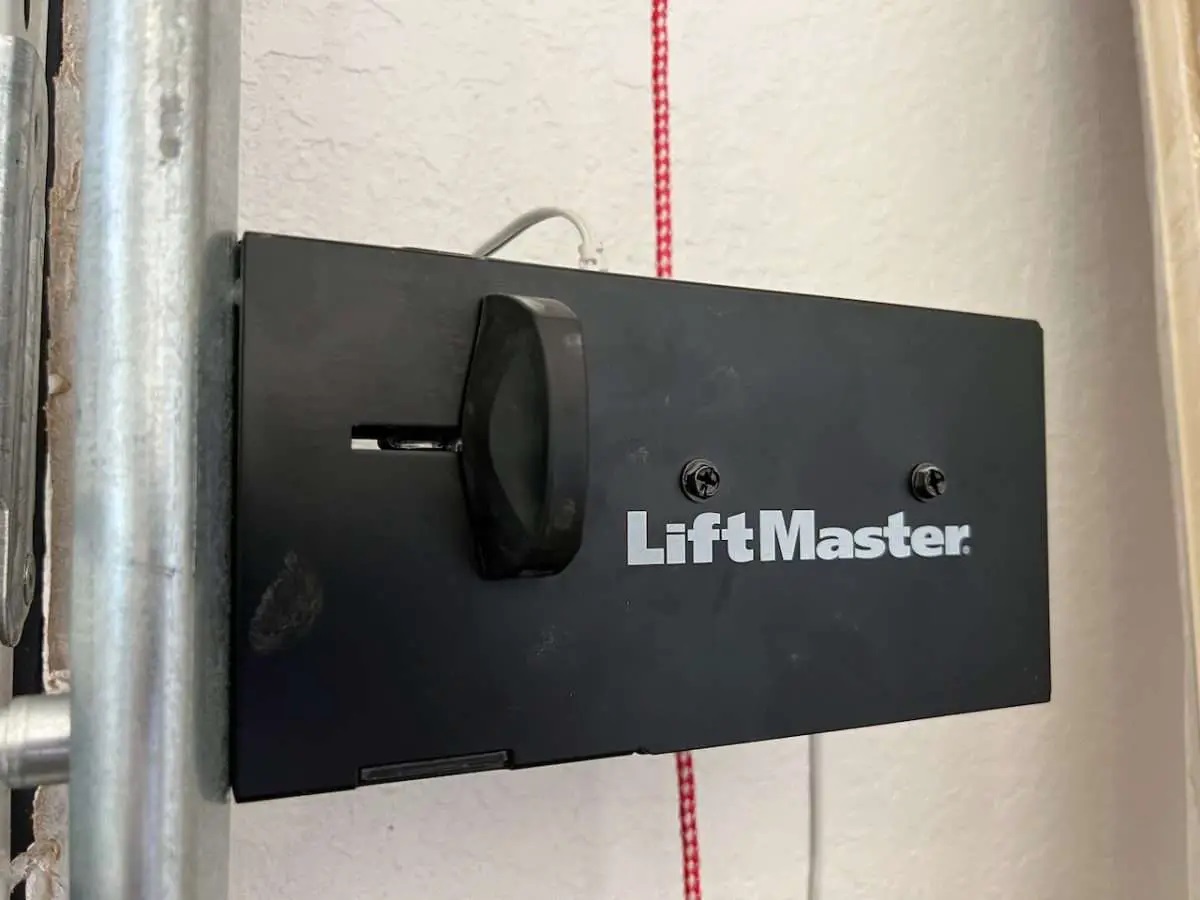
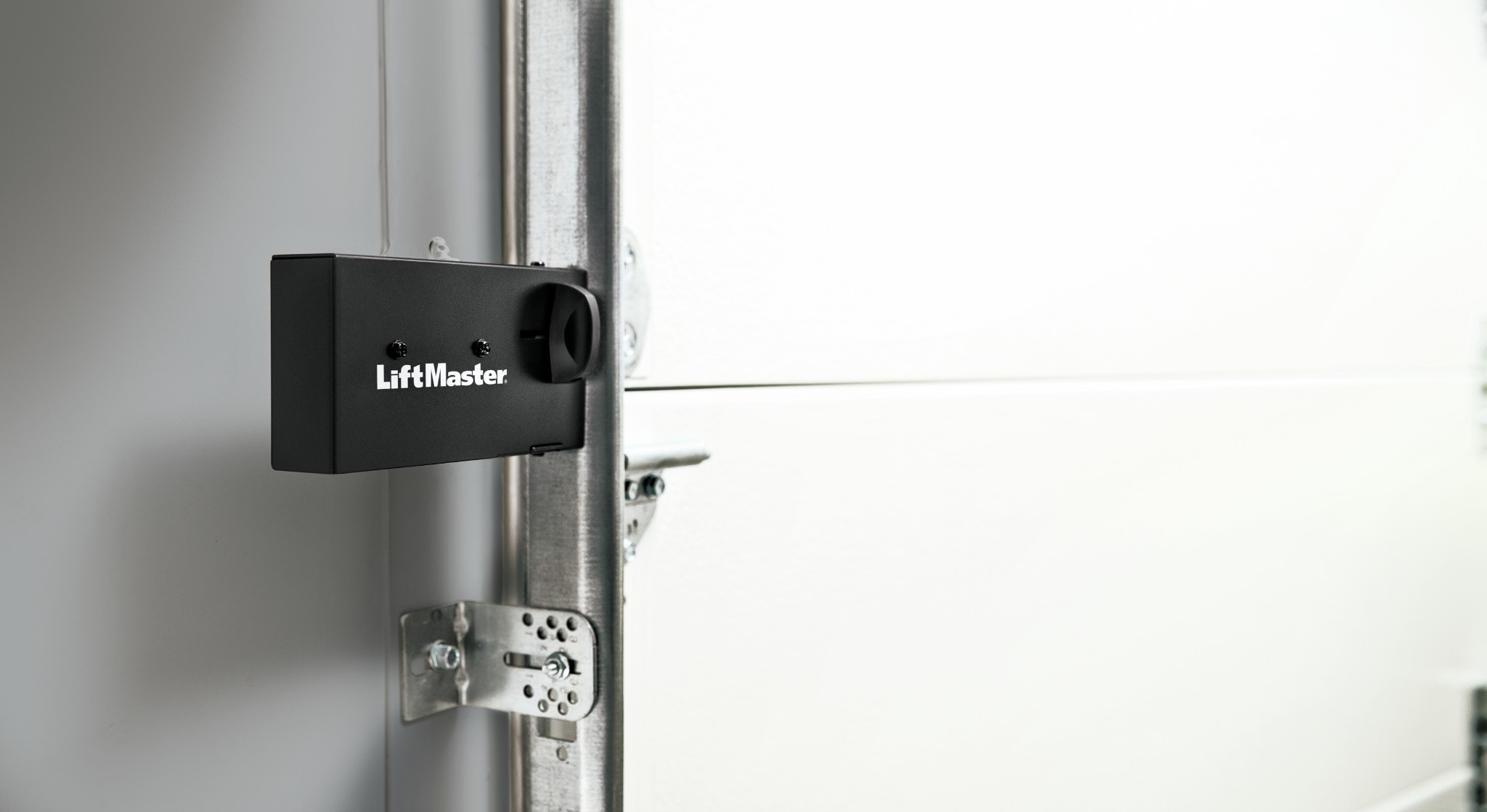
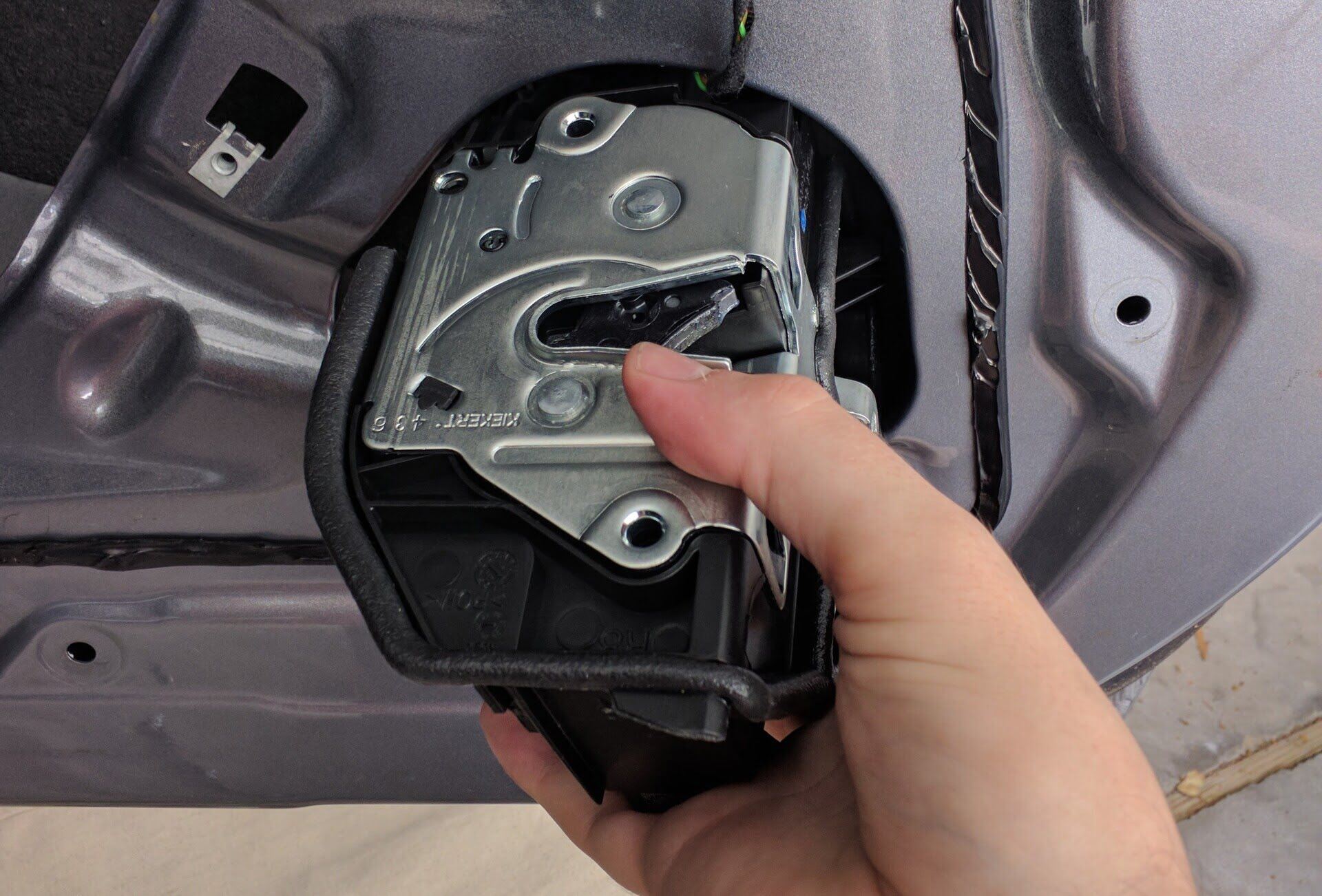
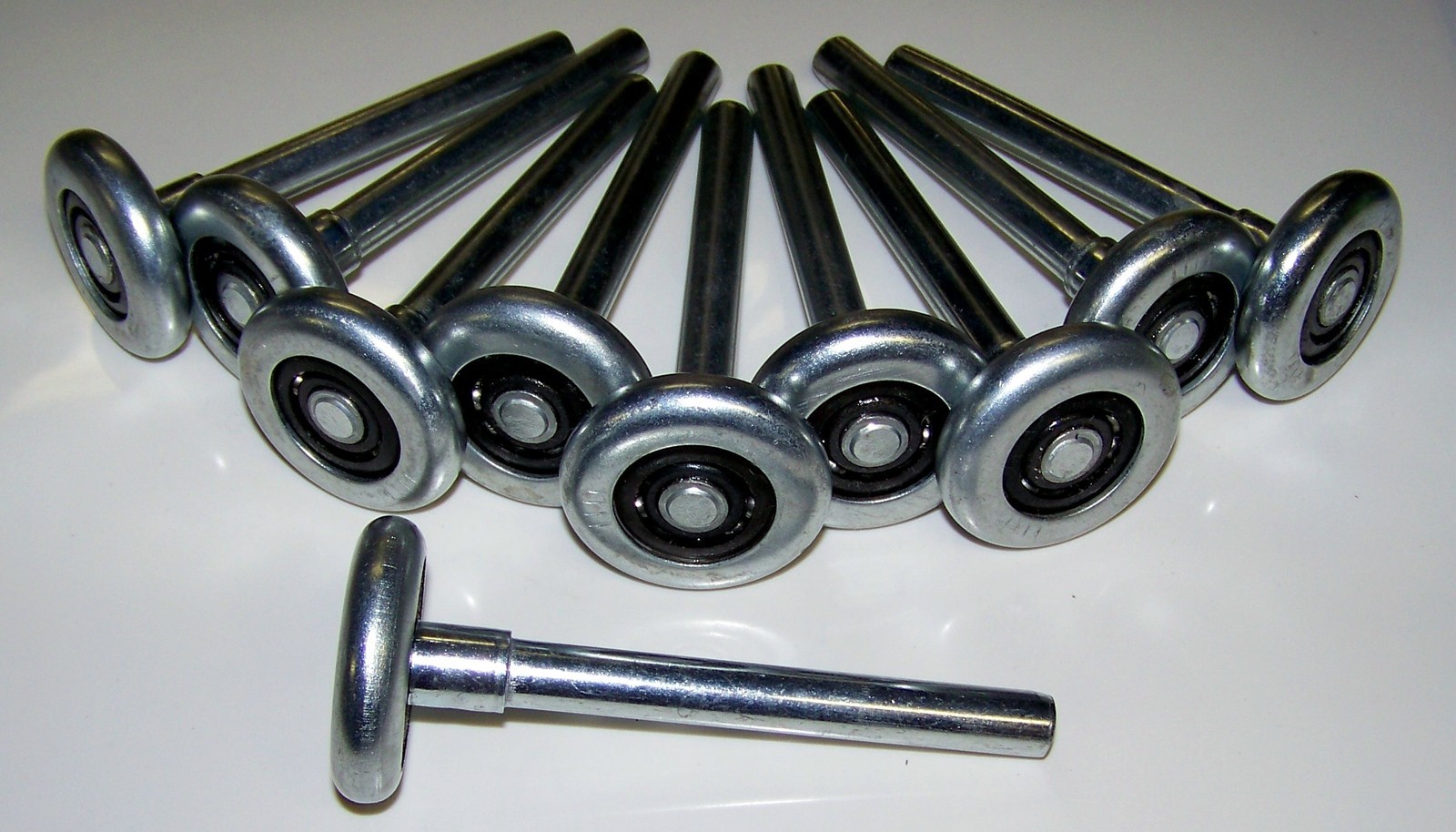
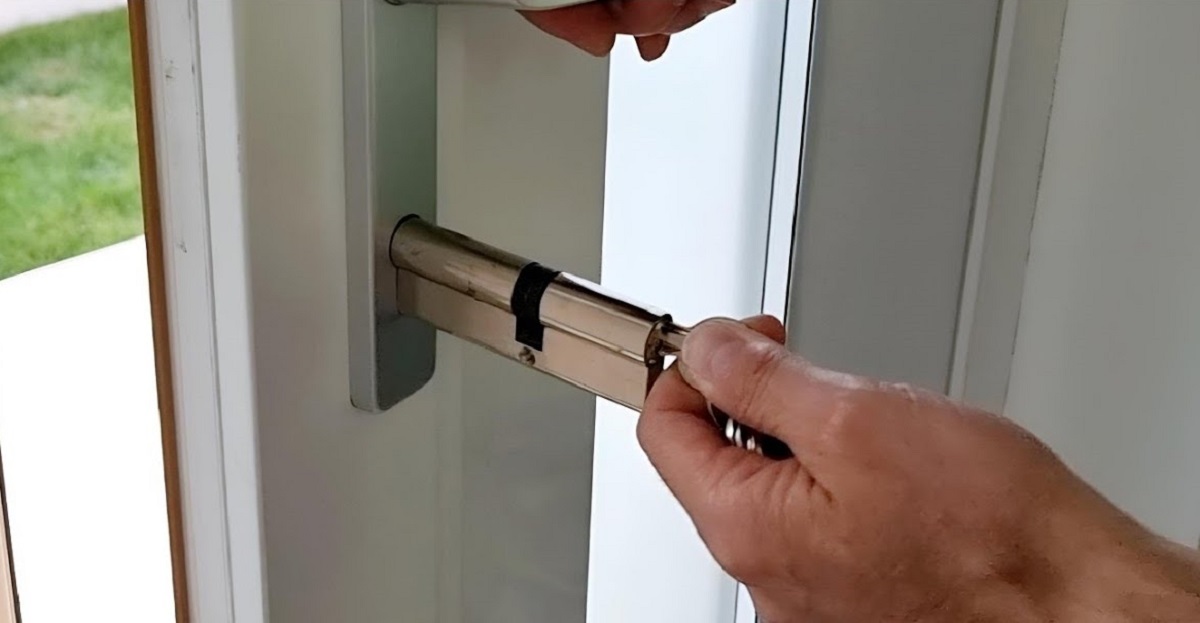
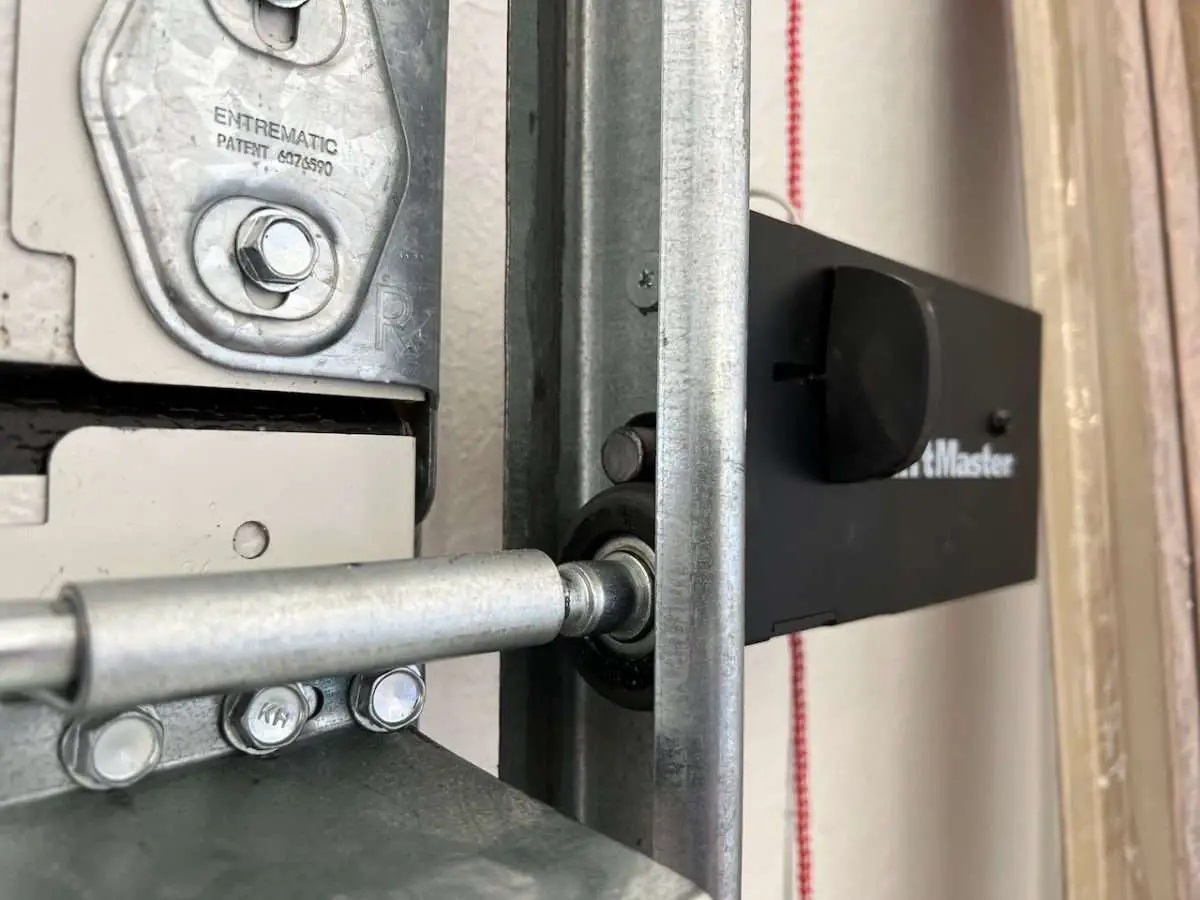
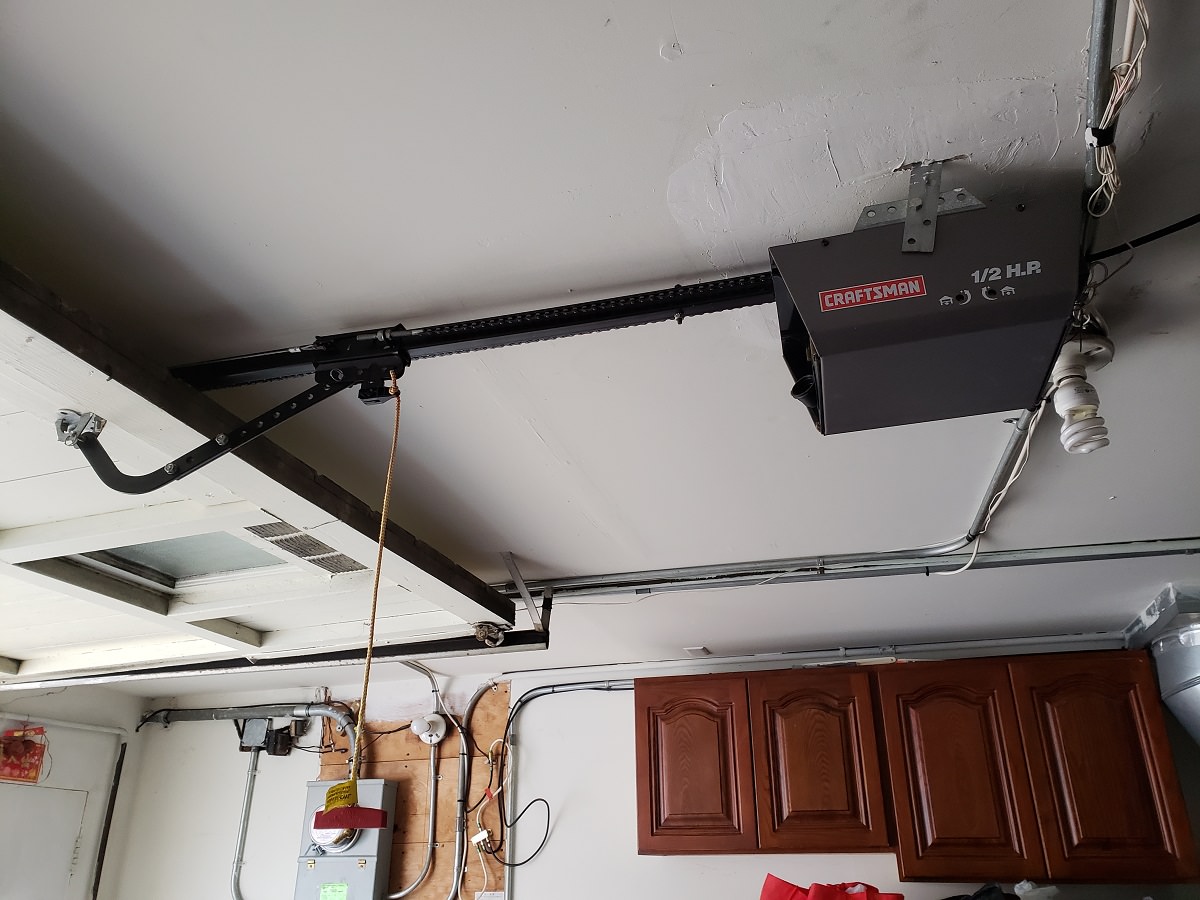
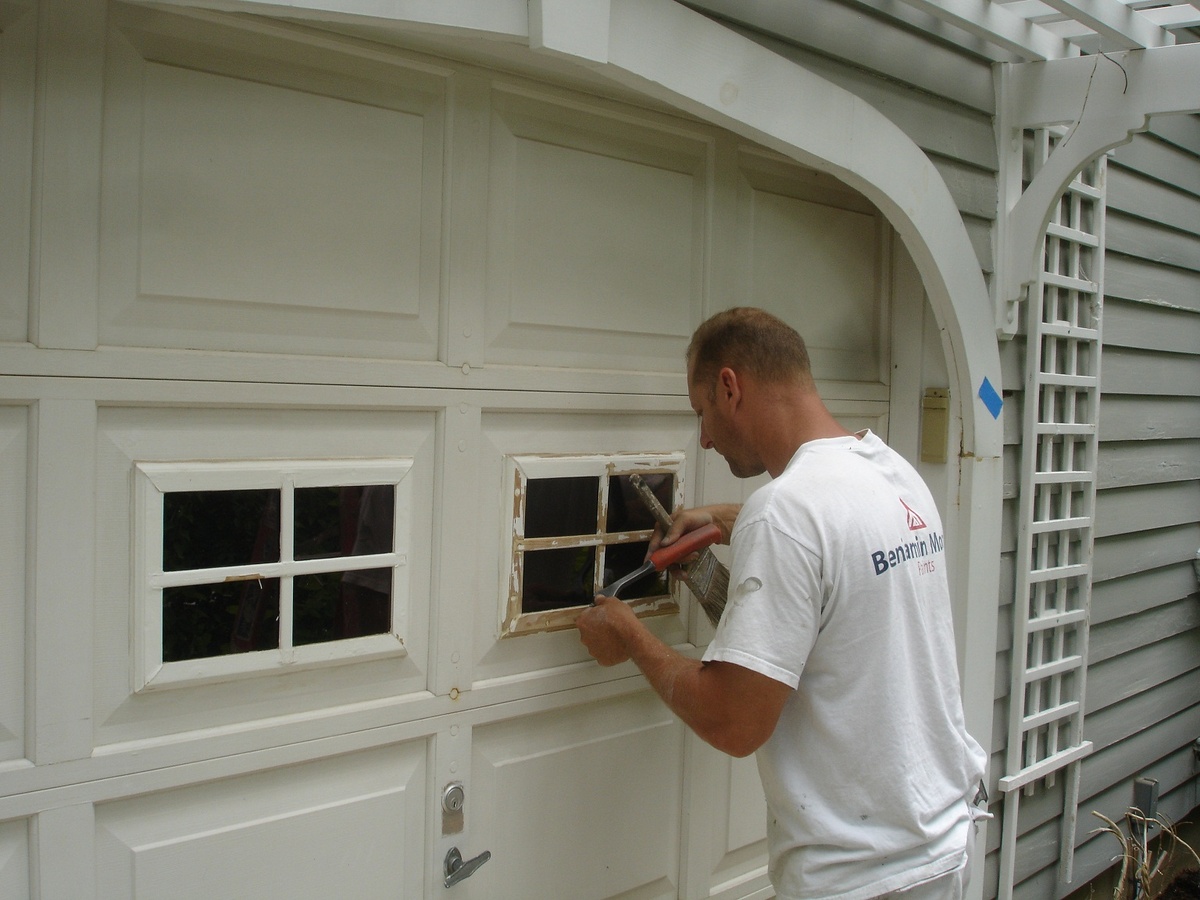
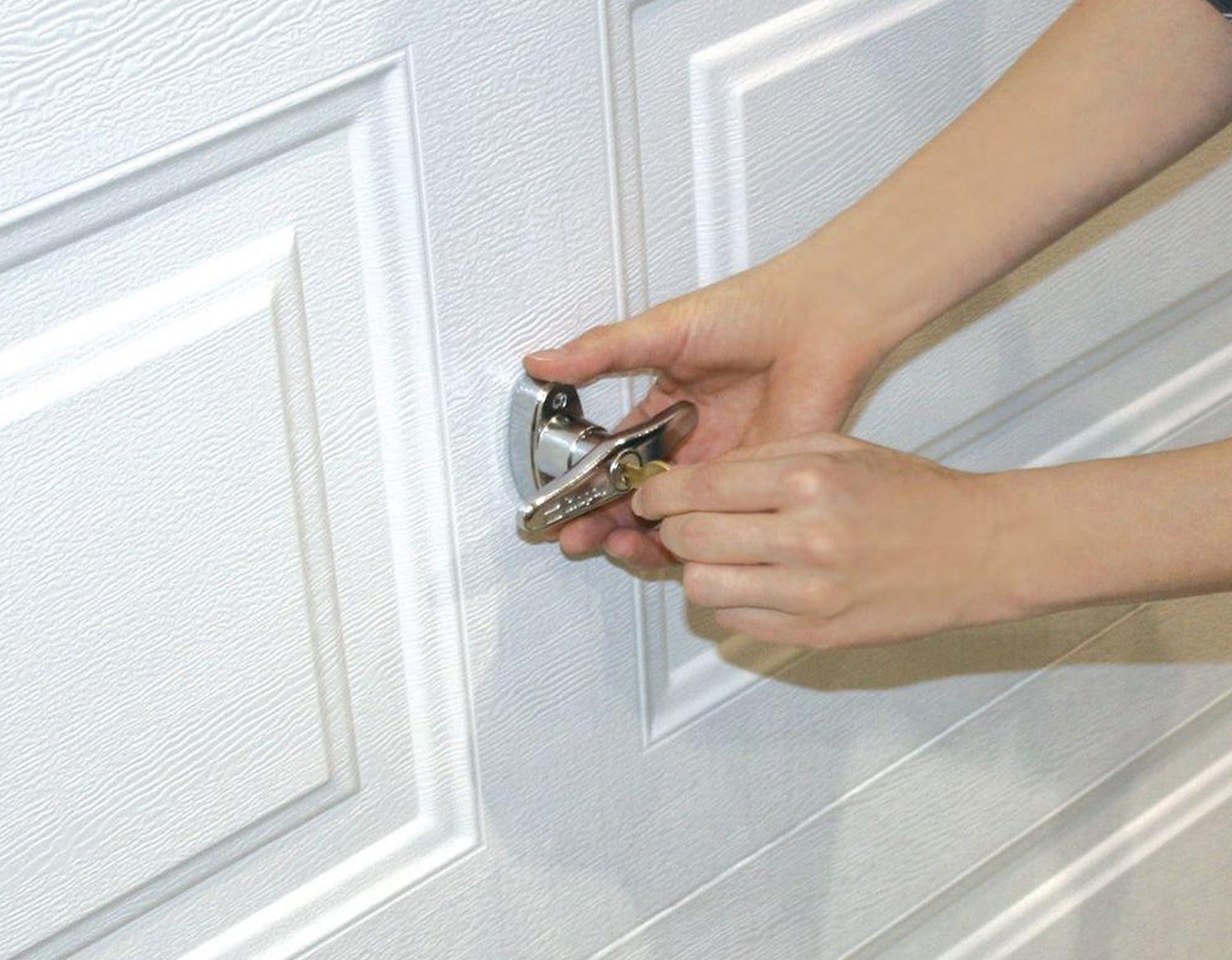
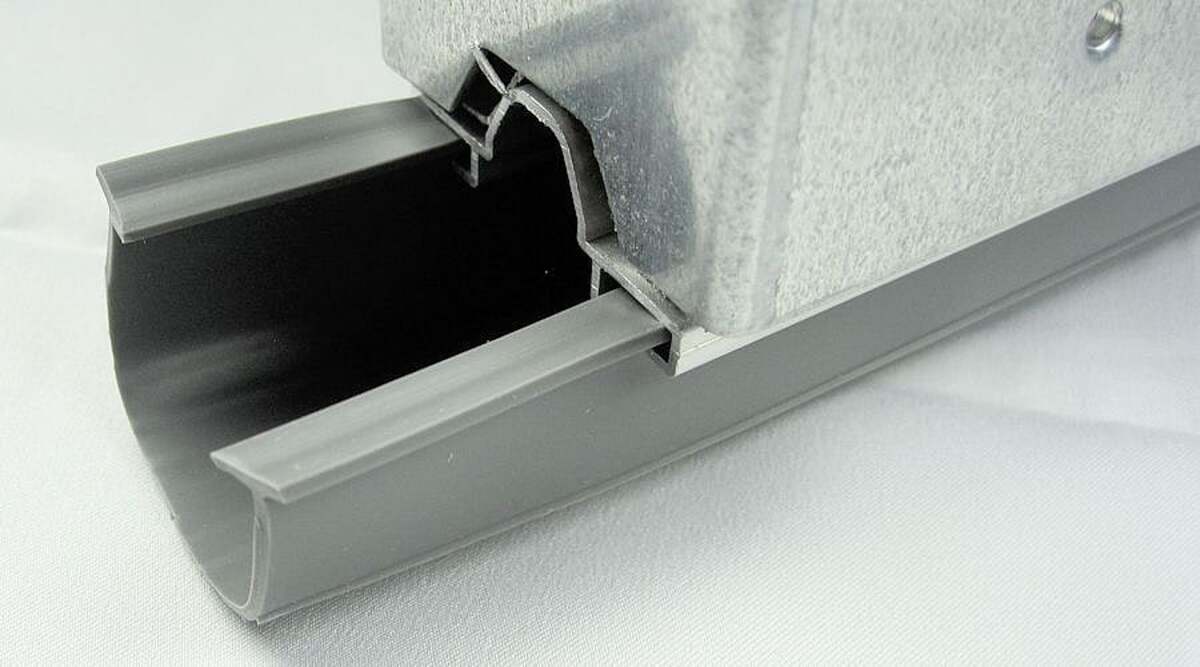
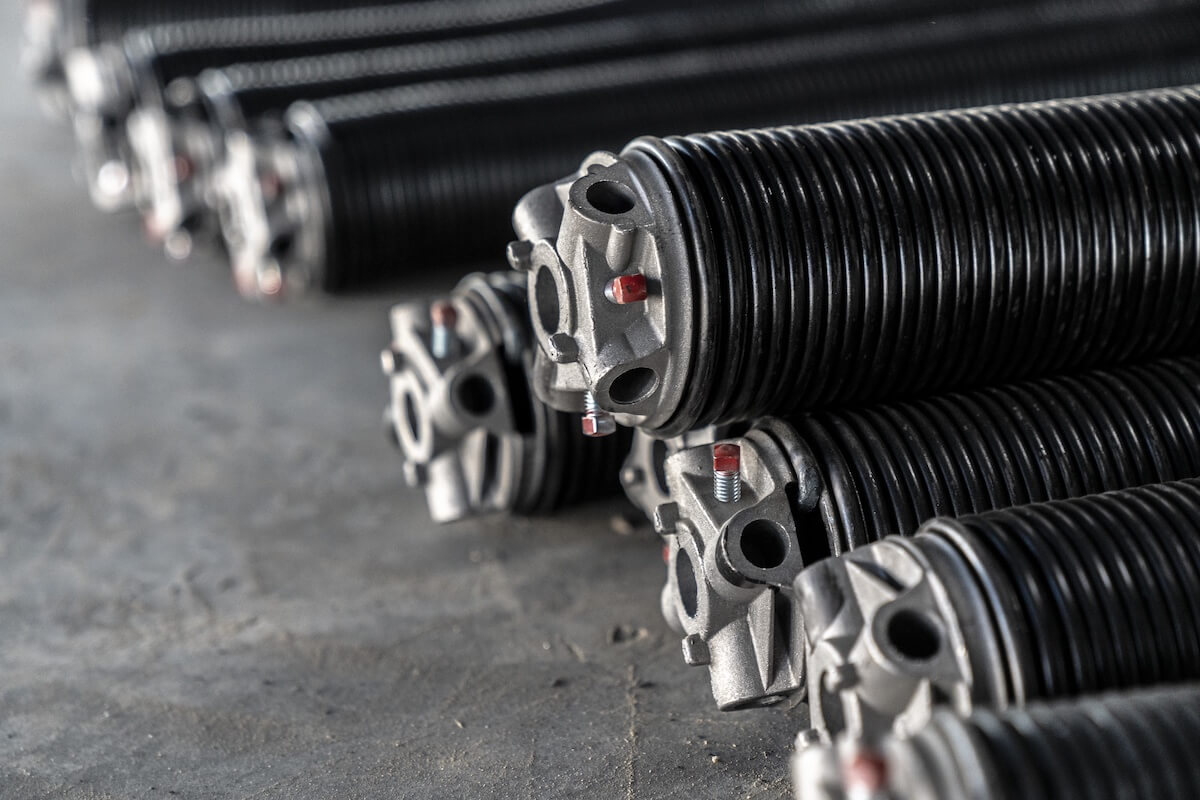
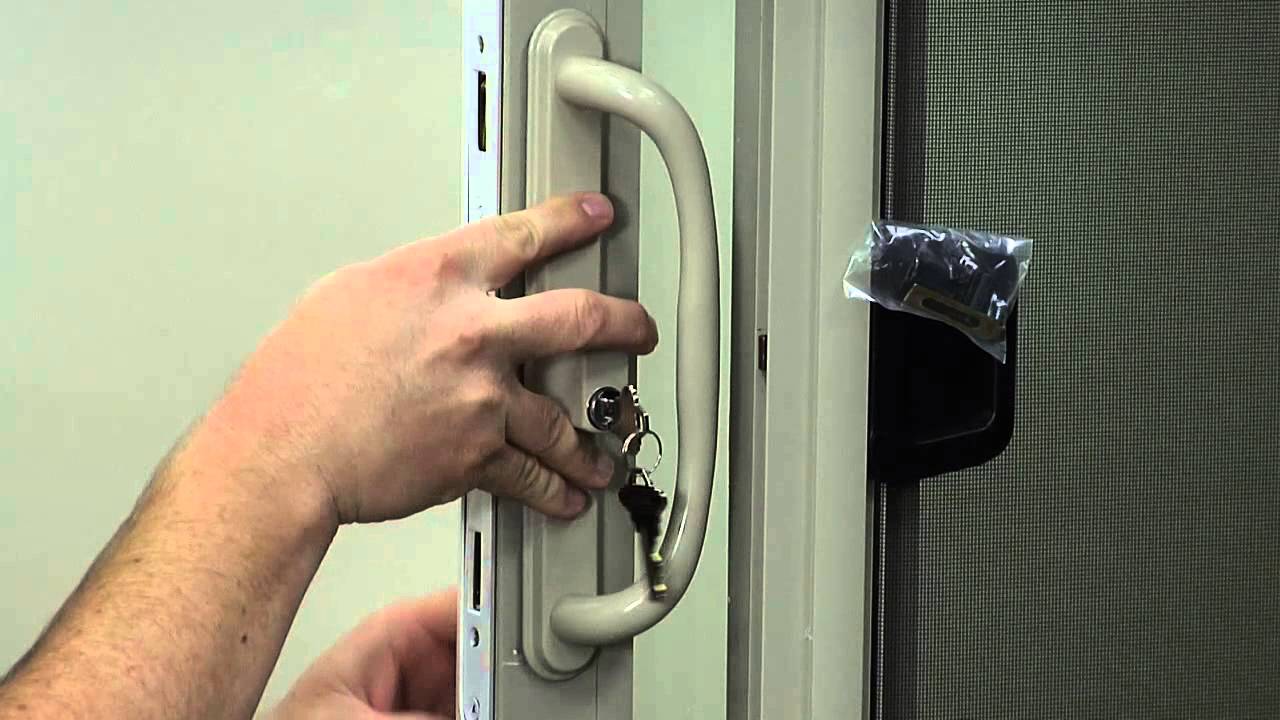

0 thoughts on “How To Replace Garage Door Lock”